Biography
Sam Francis (1923-1994)
An Abstract Expressionist painter known for his brilliant coloration and splotch-like shapes, Francis became one of the big-name modernist artists of the second half of the 20th century. He was much influenced by Clyfford Styll and Mark Rothco. Unlike many of the Abstract Expressionists and the Bay Area Figurative painters, his work was light and airy and increasingly decorative. Seeking his own approach to abstraction, he spent much of his career out of the United States, especially in France.
Of his painting, Sam Francis said that he wanted to make “something that fills utterly the sight and can’t be used to make life only bearable”. (Herskovic 130)
Sam Francis was born in San Mateo, California, and attended the University of California at Berkeley from 1941 to 1943. He studied psychology and pre-med and then went into the Army Air Corps where he was in an air crash that led to spinal tuberculosis. Recovering from this injury, he turned to abstract painting and then sought formal art education. In 1949 and 1950, he earned his B.A. and M.A. Degrees from the University of California. Also as a patient at Letterman Hospital, he studied privately with abstract figurative painter David Park. Evident at this time were signature aspects of his mature style— “the irregular-cell or blotlike color-shape and a preference for thinned oil and acrylic pigments.” (Baigell 127)
For a period of time Sam Francis was part of the Bay Area Abstract group that included Styll, Park, and Richard Diebenkorn. However in 1950, when his work was gaining national attention, Sam Francis left San Francisco to live in the Orient and Paris, where he was much influenced by the French Impressionists and Post-Impressionists use of color. In France, he began to do monochromatic paintings that suggested fog and mist, often with paint trickling down from the shapes.
In 1962, he settled in Santa Monica and worked extensively for the next thirty years with the medium of printmaking as well as with his oil painting. He was one of the pioneering artists to experiment with “empty-center” paintings and created works that had pigment stains on the periphery and much open space where traditionally canvases were filled with paint. However, in the 1970, he abandoned the “empty-center” method.

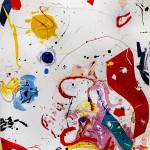 Untitled
Untitled
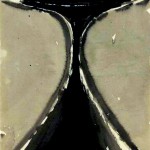 Untitled
Untitled
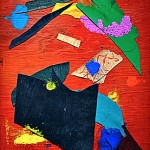 Untitled (SFMP-25)
Untitled (SFMP-25)
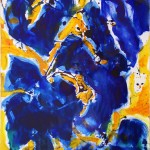 SFF.92-56
SFF.92-56
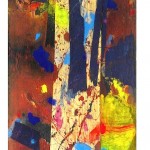 SFMP-40
SFMP-40
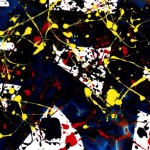 SFF.1763
SFF.1763
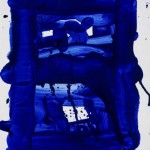 Untitled (SF79-266)
Untitled (SF79-266)
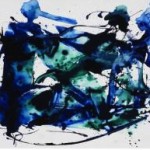 Untitled (SF80-688)
Untitled (SF80-688)
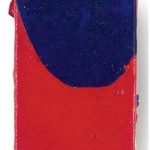 Untitled (SFP83-183)
Untitled (SFP83-183)
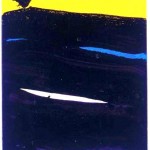 Untitled (SF84-119)
Untitled (SF84-119)
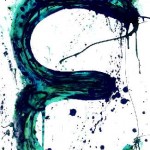 Untitled (SF83-412)
Untitled (SF83-412)